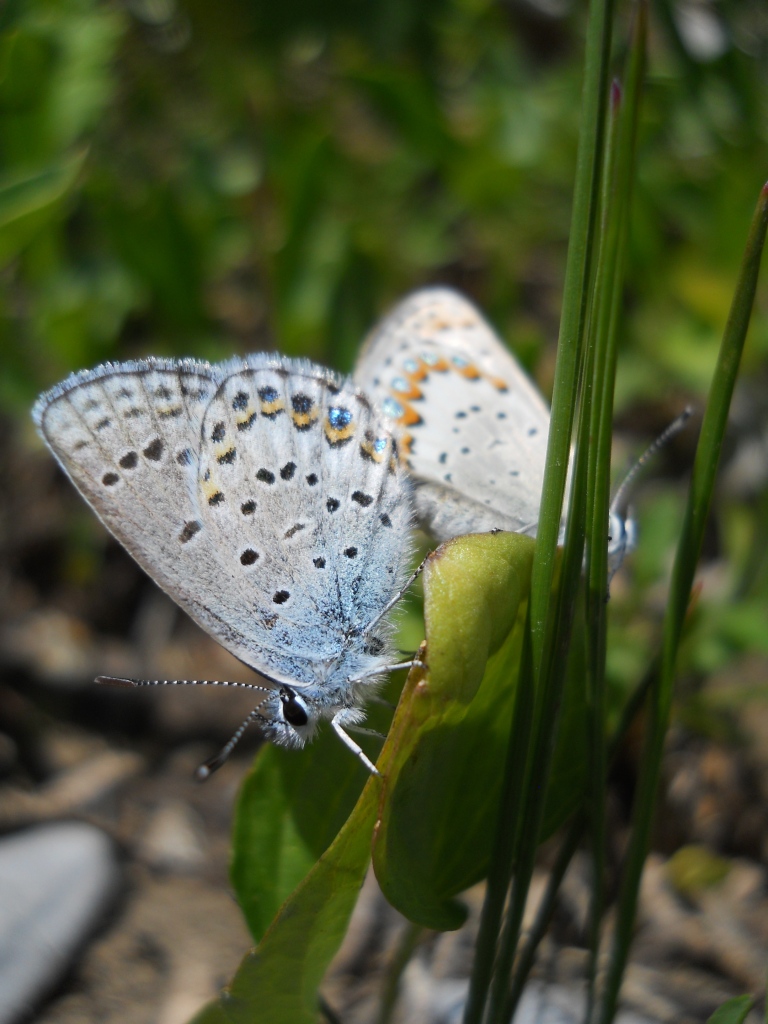Effective population size is a central parameter in population genetic models, which affects the efficacy of selection, rates of drift and diversity levels. When populations are subdivided into multiple demes connected by gene flow, evolution can depend on both the local (demic) and global (species) effective population size. In our new paper, now available from Molecular Ecology,we use population genomic data from multiple populations and generations to show that Northern blue butterfly (Lycaeides idas) populations experience sufficient gene flow to maintain high diversity levels (consistent with their global effective population size), but still experience high rates of evolution by drift (consistent with their local effective population sizes). Thus, we demonstrate that genome-wide change and the maintenance of diversity are driven largely by different processes, drift versus gene flow, and reflect dramatically different effective population sizes. As we discuss in this paper, these findings add further complexity to arguments about the use of genetic diversity metrics in conservation biology and might shed light on longstanding questions concerning the determinants of diversity levels in nature (i.e., Lewontin’s paradox).

